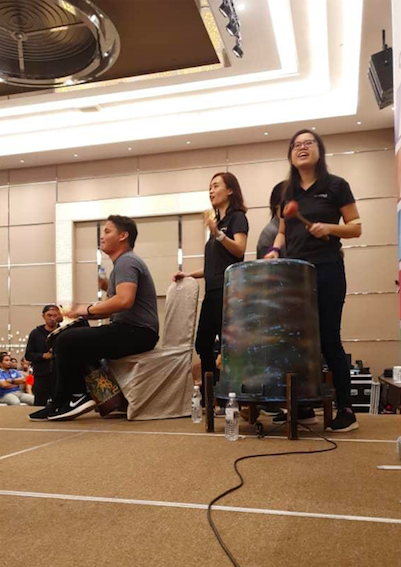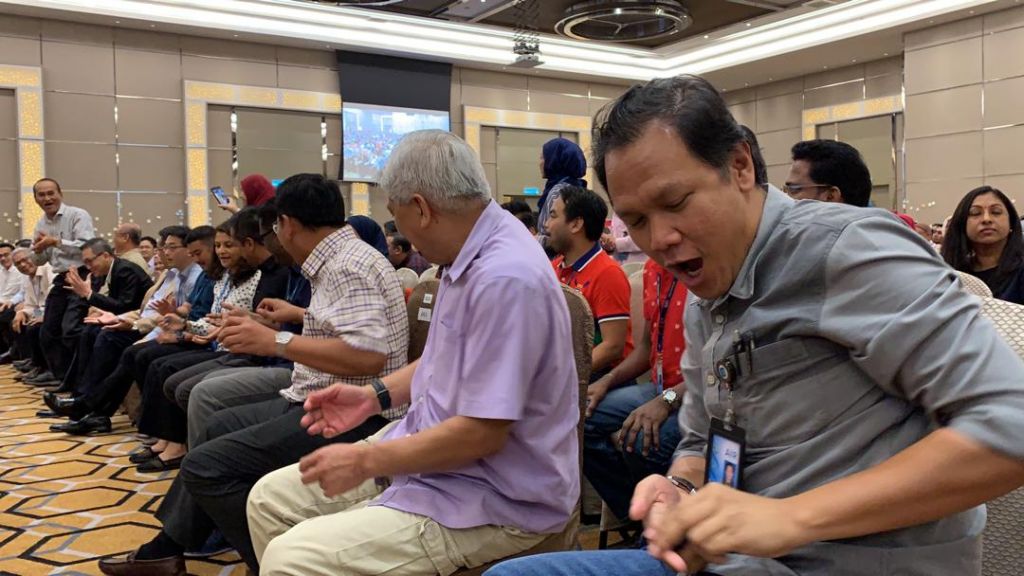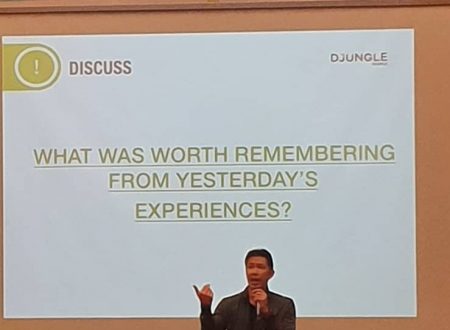Culture is the soul of business. This quote is not original but one that many experts will readily agree with.
When two companies merge, whether horizontally or vertically through buy over, speculations and rumours rife. As a result staff feels insecure, uncertain and demoralised.
These cultural issues can indeed undermine the success of any merger plans. Shareholders will watch closely the process of cultural integration of employees after the merger has taken place.
A well drawn out plan by a M & A (Merger and acquisition) consultant can alleviate these adverse effects.
In the absence of one, employees may leave and productivity may be hampered and in turn affects return on investments.
The process of cultural integration between the companies should be communicated several months before it takes place. While the whole plan is intricate, it helps to understand, in broad strokes, what is required of the management team involved to buffer the blow of a merger.

D Jungle People training consultancy was engaged by a state owned entity, after an acquisition of two companies, to ensure cultural integration among employees from all the entities involved.
Its target is to design and execute an organisation-wide Culture Integration programme to align employees of the new company under one working culture.
In dealing with more than 10 million consumers, the new company is determined to ensure that all staff are able to represent the same brand in their day-to-day operations and managing their stakeholders,” said D Jungle People CEO John Kam after conducting a cultural integration session for 1000 employees.
This session focused on getting together a team of influencers who can encourage change of behaviours of the staff to adopt the new culture.
They are similar to a top team responsible for taking the employees through the process smoothly and they must learn how to communicate effectively to staff from both companies. And to communicate that the new developed culture of the new company is for the betterment of both company and employees based on the company’s vision.
A preliminary diagnosis of both companies’ strengths and weaknesses should be carried before a new culture can be developed.
To ensure buy in by the employees, allow them to have a say on what strengths should be considered in developing the new culture.
When the team starts to study the cultures from both companies there is bound to be differences. And these differences need to be addressed amicably.

This will help to reach a middle ground in the two different cultures. Management can obtain information from the employees through a survey, one-to-one interviews or town hall sessions.
By acknowledging the disparities and requesting for employee cooperation to find solutions would make employees feel that they are respected and their views mattered.
Culture is defined by the values, beliefs and behaviours of people who have lived or worked based on these elements. It’s not easy to change and adopt an entirely new work culture.
Therefore management needs to lead by aligning themselves with the new culture and be a role model for the employees.
They need to check on the employees regularly to ensure that they practised it continuously and to keep adjusting the practices until a comfortable medium is reached.
Incentives or rewards can also encourage change in behaviour and this can be instituted in key performance index.
